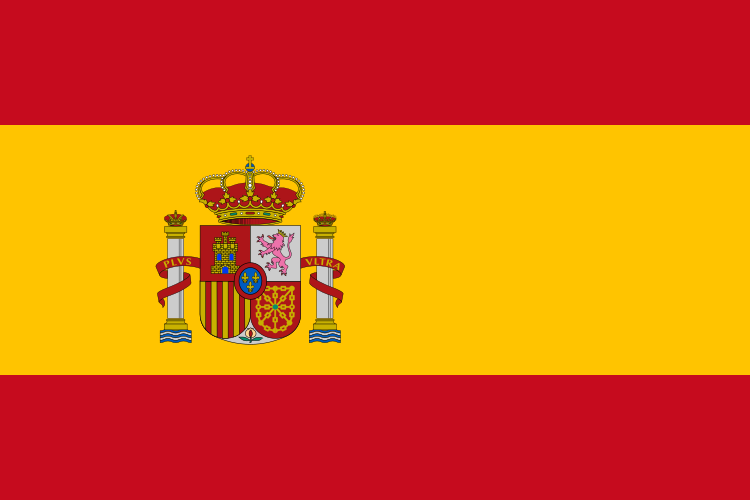Travel To Spain – Europe

Spain is a Parliamentary monarchy. Its three largest cities, in descending order, are Madrid, Barcelona, and Seville. Madrid is the capital and largest city of Spain.
The primary language is Spanish, however, Catalan, Valencian, Gallego, and Euskera are independent languages spoken in Catalonia, Valencia, Galicia and The Basque Country.
In Spain, the temperature is clear, with hot summers in the interior, and more moderate and cloudy along the coast; there are cloudy, cold winters in the interior.
Natural resources: coal, lignite, iron ore, uranium, mercury, pyrites, fluorspar, gypsum, zinc, lead, tungsten, copper, kaolin, potash, hydropower.
98% of the population is Catholic.
Over 45 million tourists visit Spain each year (Spain is one of the top 3 most visited countries in the world).
Spain is located in southwestern Europe, bordering the North Atlantic Ocean and the Mediterranean Sea, between Portugal and France. It occupies the greater part of the Iberian Peninsula, and bounded on the north by the Bay of Biscay, France, and Andorra; on the east by the Mediterranean Sea; on the south by the Mediterranean Sea and the Atlantic Ocean; and on the west by Portugal and the Atlantic Ocean. The Balearic Islands in the Mediterranean and the Canary Islands in the Atlantic Ocean off the coast of Africa are governed as provinces of Spain. Click here to see a map of Spain.
The Euro (from 1/1 2002, before pesetas) is the currency in Spain. For actual conversion rates, visit Oanda.com and perform a conversion for ‘the Euro.’
Passport is required.
